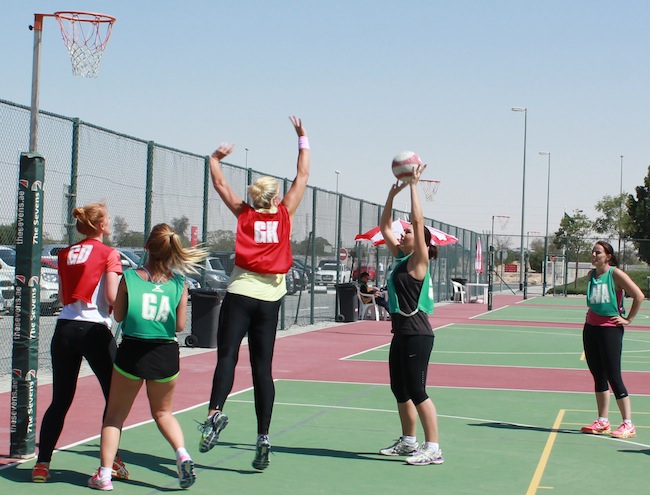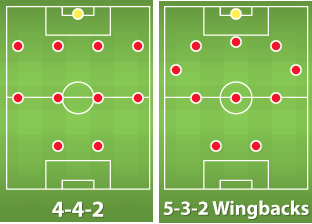In skill training, skills are not completely developed until they can be used in games, and one way to help an athlete use the skill correctly in competition is to use them in games for specific outcomes. These types of games are played for a specific purpose, or to achieve a specific outcome. When connected to skill training, these games focus on developing the athlete’s decision-making around the skill and how the skill is applied tactically. These games can be modified, small-sided, or normal games. it is the addition of a specific outcome that makes these games skill focused.
Games for specific outcomes – decision-making
Once the basis of a skill is learnt, it is important to apply the skill in game scenarios and to allow the athlete to use the skill in the game. Often small-sided and modified games allow the coach to focus on a specific outcome, such as deciding which type of pass should be used, and responding to the pressure added by an opponent. These games often have built in reflection, where the coach provides feedback, or asks athletes questions about their decision-making in the given situation.
Decision making games can focus on any number of skills, and often seek to provide a range of scenarios where a decision regarding a skill must be made. An example of this is 3-on-2 games where the attacking 3 need to decide when the best time is to shot, as opposed to passing, and the defenders need to decide when to commit to the man with the ball and where to position themselves to make the decision-making process most difficult for the attackers. This then improves the decision making during the game.
Games for specific outcomes – tactical awareness
Games that focus on tactical awareness in relation to skills focus on the use of skills in specific actions seeking to achieve a specific goal. These types of games often include the rehearsal of set plays and the use of skills in them. In team sports, the skill focus is often on passing and the combination, direction and pass type used. As the athlete becomes aware of the tactics being used, and their place in it, the tactics can begin to be modified as the opposition change defensively to once again develop decision-making in relation to the skills.
Examples of these types of games may be the repeated rehearsal of corners in football where the skills of crossing, creating space, defending, shooting etc are combined to create a specific tactic in order to score a goal. Another example, might be the set play from a throw in during basketball or netball, that creates space and gets the ball to the person who has been chosen to take the shot at the correct time, increasing the chances of scoring.
A larger tactical-awareness game, might be a full trial game or practice match where a team tries different athletes in different positions, or different formations in order determine which will work best for the team in competition. Other games for specific outcomes may focus on combinations, such as the serve volley and its correct execution before a competitive match.


